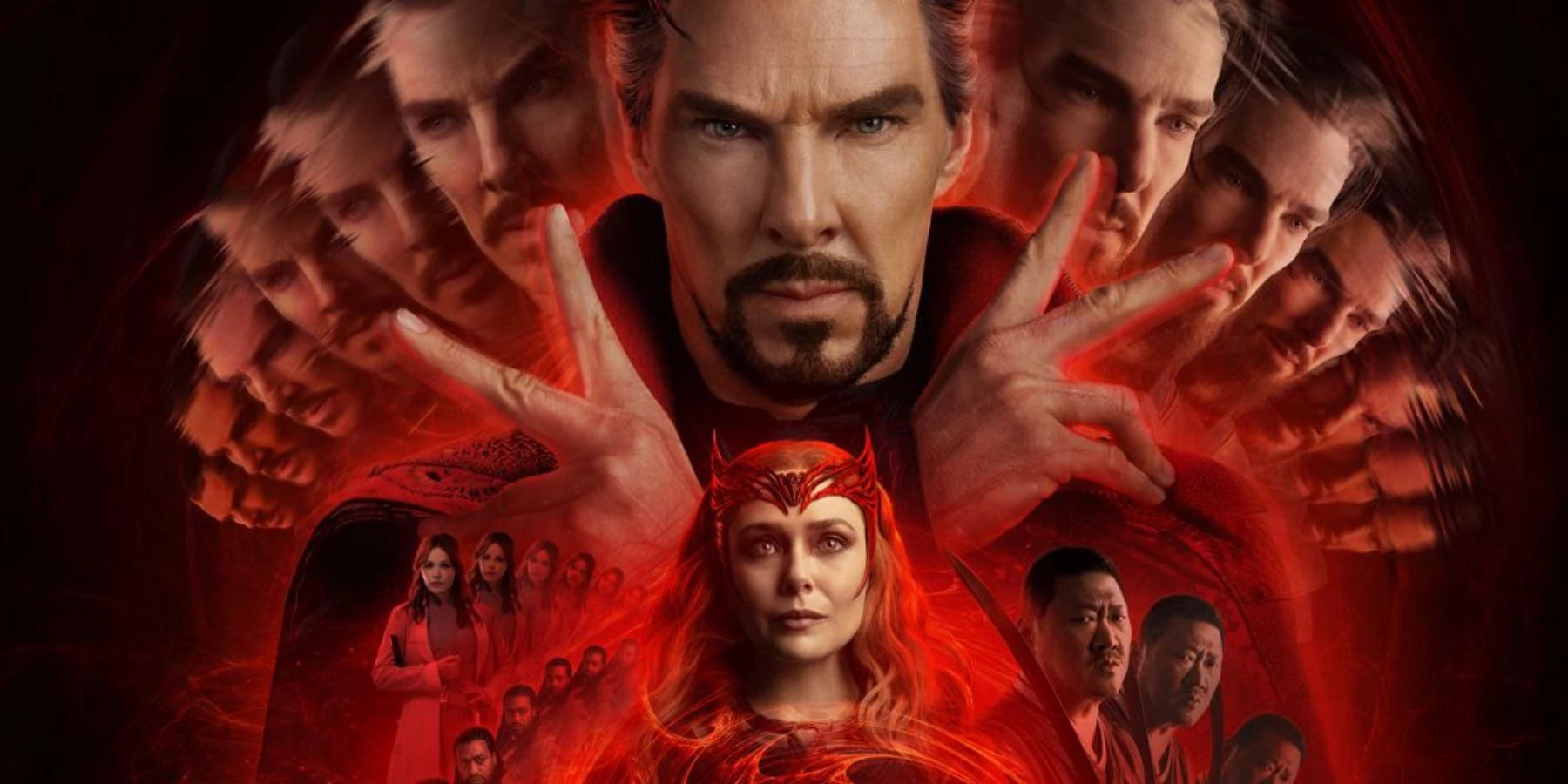When Albert Einstein’s dear friend Michele Besso died, Einstein wrote the following to his sister:
“Michele has left this strange world a little before me. This means nothing. People like us, who believe in physics, know that the distinction between past, present, and future is nothing more than a persistent, stubborn illusion.”
One of the things I’ve been fascinated by is how new knowledge goes from avant-garde to commonplace — things covered in scientific papers to things discussed at Starbucks. Concepts like space travel that would have been regarded as impossible fantasy in the 18th or 19th Century become something that a private citizen can do (Jeff Bezos), given enough money. You can go to a movie like Star Wars and immediately accept the premise, having learned “the rules” of Star Wars through the transmission of shared culture at the movies. It may not be accurate, but it’s a start.
Or electricity. The early work of Newton led to Faraday, which led to Tesla (the scientist, not the car). Now no one hardly thinks twice about the miracle of plugging wires into an outlet, and having a bunch of electrons delivered over distance (alternating current; take that, Edison!) via copper wire to light or heat your home. We’re just on the verge of having the masses accept that you can charge your car with that same march of electrons.
Take the Internet. Please. In the early 90s, who would have guessed that for so many people around the world, the numeric pattern of four sets of three numbers separated by periods (127.0.0.1) would have meaning? These bits of information have been transmitted to us all by a shared culture.
This brings me back to where we began, with Einstein’s tribute to his friend.
Einstein grieved for his departed friend, but took comfort in his belief in additional versions of reality, and in at least one, Besso was still around. One moment of change in Besso’s life (we could never know which one) would lead to a different path for Besso. Turning down a different street for example would create a branch in the universe which would perhaps lead to a different outcome than in many, many, many, other Besso-included universes.
The physicist Brian Greene describes parallel universes as shuffling a deck of cards. No matter how much you shuffle, you keep seeing the same cards over time. “If you shuffle that deck enough times, the orders will have to repeat. Similarly, with an infinite universe and only a finite number of complexions of matter, the way in which matter arranges itself has to repeat.”
Embedded in his tribute is Einstein beginning to flirt with the Theory of Everything. The Theory of Everything is the reconciling of his Theory of General Relativity with String Theory, which any recent fan of The Avengers movies will tell you, has a cinematic version: parallel universes, aka the Multiverse.
The fact that we have so much media devoted to parallel universes is not just to sell movie tickets. Many authors and content creators are walking on this same ground, making us all feel more comfortable with parallel universes and the illusion of time. It’s a fun mind-bender to think of all the ways in which our paths through time could deviate and create a different You, a different Me, and a different Universe. Maybe it’s also an expression of human regret — if only we’d done things differently. If only I’d bought Apple stock in 1997.
Being exposed to these concepts, where philosophy and physics appear to touch, makes us a bit more comfortable with the topic. We may not personally ever be able to grasp it all, but our worldview is edited a bit in the same way perhaps that our distant ancestors made the transition from a flat earth to a curved one.
Einstein’s strength was being able to tell a mathematical story and make people feel, taking the foundations of Lorentz and Minkowski and telling us how it would FEEL to approach the speed of light, and how time would be perceived by different viewers. Dr. Strange in the Marvel MCU does the same thing but sadly does not hold Nobel Prize eligibility.
We humans evolved as storytellers. The stories we told around the fire assembled a view of the world around us, transmitted to our fellow hunter-gatherers. Sharing our experiences, we collectively learned how to hunt, how to pray for good hunts and later harvests, and how to categorize everything around us. Based on our experiences, we believed the world was flat until proven otherwise. We learned about gravity, light, electricity, and radiation. All are part of a very large spectrum.
The stories we tell each other now create a worldview for us. For all our apparent national backsliding in the pursuit of knowledge, I’ll choose pop science over no science any day. The next generation of Einsteins are reading Brian Greene, the Watchmen graphic novel, Interstellar (Thank you, Kip Thorne), and of course, the Marvel MCU.
“There is no future. There is no past. Do you see? Time is simultaneous, an intricately structured jewel that humans insist on viewing one edge at a time when the whole design is visible in every facet.”
— Dr. Manhattan, Watchmen, Alan Moore
